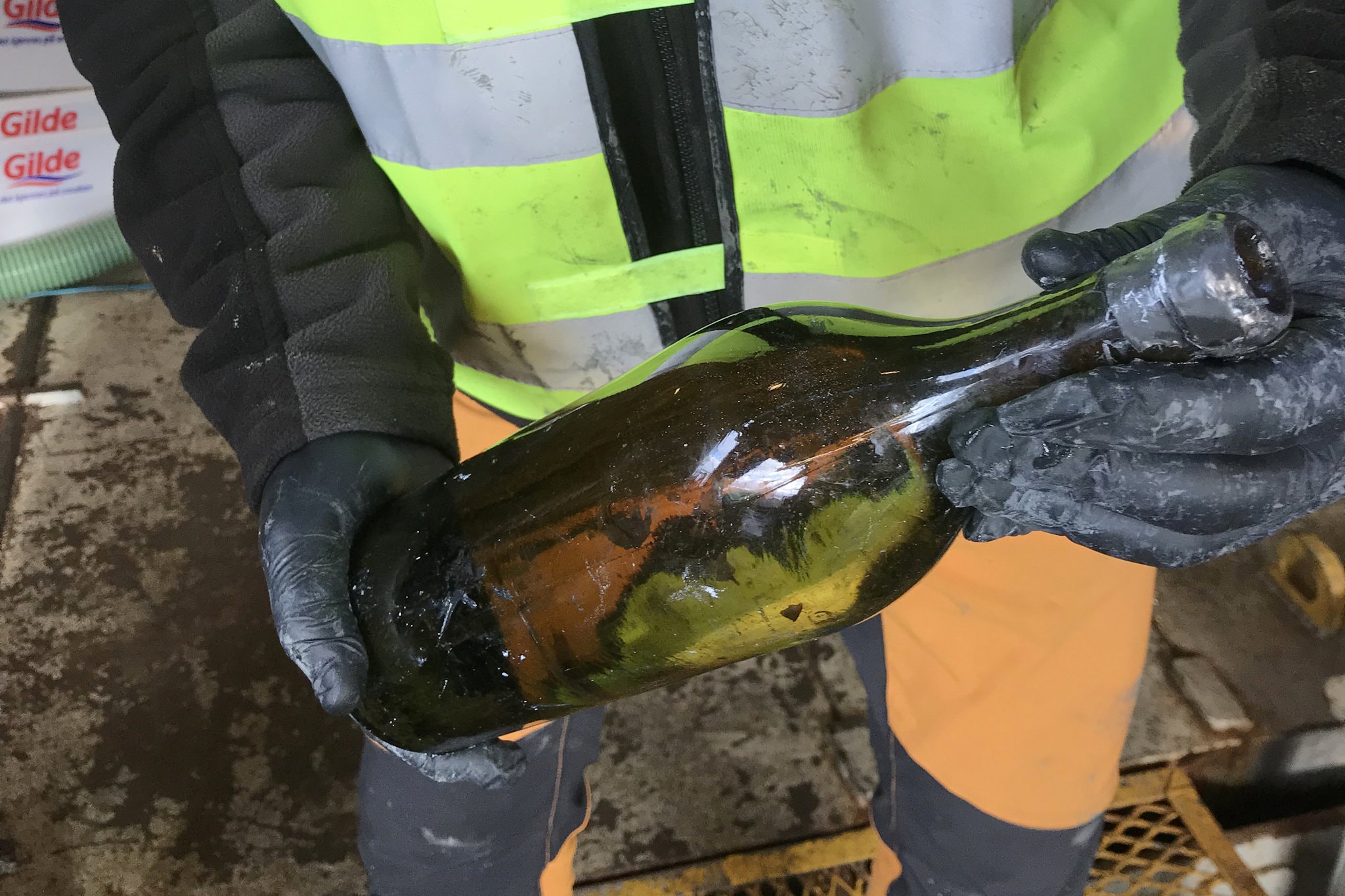Tsar Nicholas was to go thirsty. One hundred and three years after the Kyros was sent to the seabed by a German U-Boat commander, the ship and its cargo have been rediscovered by salvage team Ocean-X.
Back in 1917, May 19th, to be exact, the Swedish steamer was on its way to Russia when it encountered the German U-Boat.
The crew were removed and sent back to Sweden while the Kyros ended up at the bottom of the Sea of Aland.
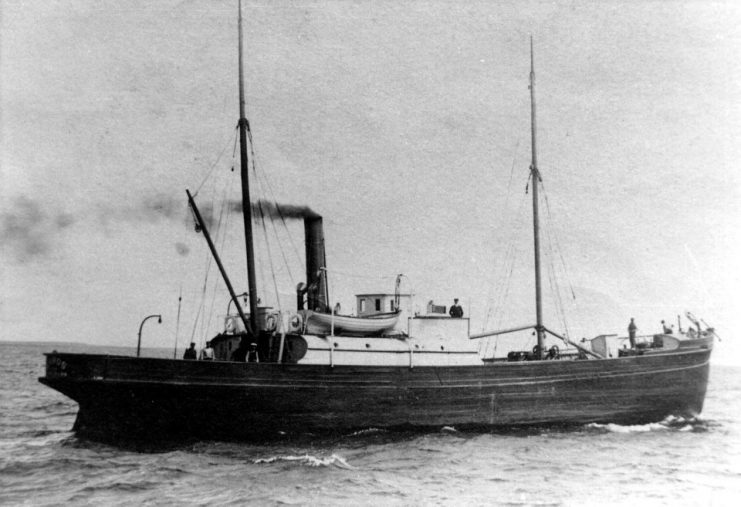
On board the ship were dozens of cases of cognac and Benedictine liqueur destined for the doomed upper echelons of Russian aristocracy.
Much of the sunken cargo has now been salvaged by a Swedish archaeological dive team headed by Peter Lindberg.
Hundreds of bottles have been brought to the surface and it is thought that some of the booze recovered is likely to still be drinkable.
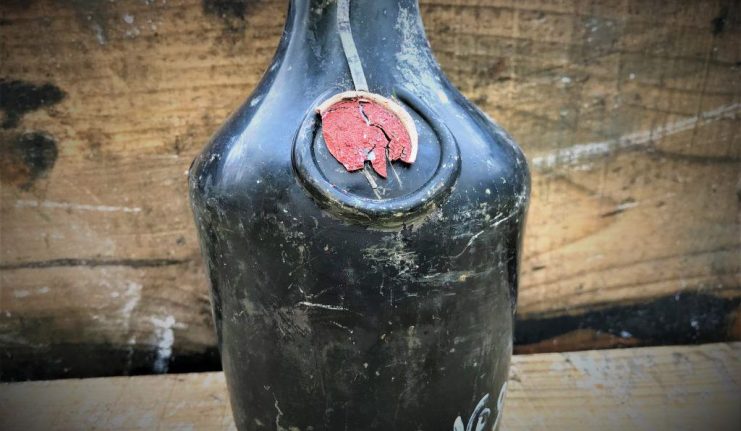
Benedictine liqueur is an herbal distillation much in favour at the time and it is hoped that most of the fifteen cases recovered will be auctioned to collectors and connoisseurs alike.
More of the cognac brandy has survived, with fifty cases going to auction.
The dark, cold waters of the Baltic Sea are very good conditions for the storage of spirits, albeit the high pressure of the water at depth has pushed in the corks of the remaining cargo, filling the bottles with sediment. The intact bottles are said to retain their thin tin seals.
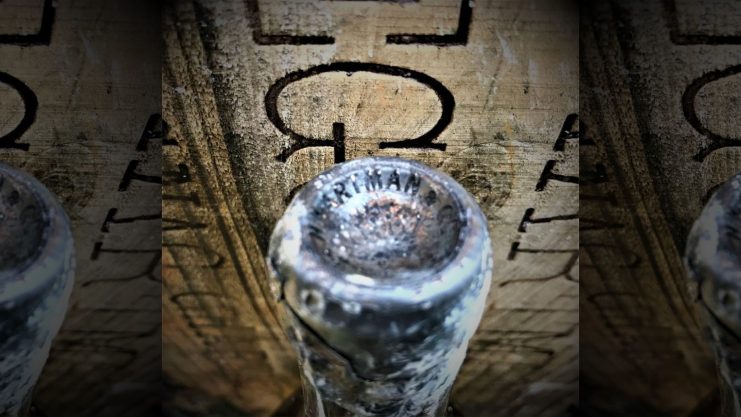
The ship’s manifest declared two tons of spirits, but the rest of the St Petersburg-bound cargo included Swedish steel and high-quality machine parts which were interpreted by the Germans as being war supplies.
While Sweden and Germany were not at war, Germany’s war with Russia meant that the Kyros, carrying such a cargo, was a legitimate target for their navy.
The wreck was discovered more than twenty years ago by Ocean X at the turn of the century, lying in 250 feet of water, but the location was lost before it was recently relocated.
Diving on the wreck proved hazardous as the ship had been snagged on and covered with abandoned fishing nets.
As an alternative, the team began using underwater drones to explore the ship and begin recovery work to the historic cargo.
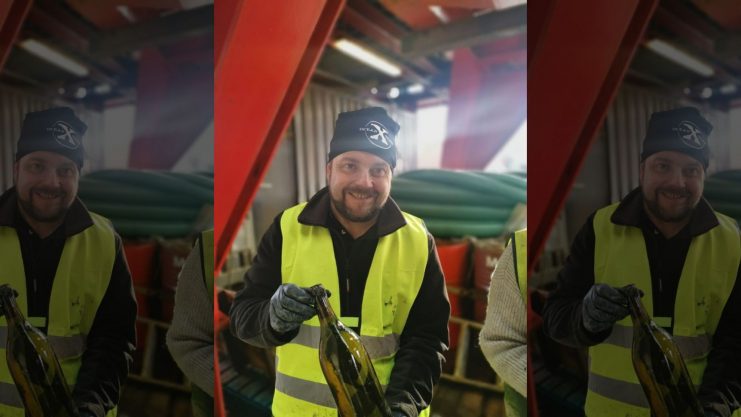
Under international maritime salvage law, Lindberg and his Ocean X team can keep any goods they are able to bring to the surface using their remotely operated vehicles (ROV’s).
Ocean X has a successful record in the salvage of shipwrecked alcohol. Back in 1997, another Baltic shipwreck gave up nearly three thousand bottles of champagne that had been on its way to St Petersburg.
Two thousand bottles were auctioned off for $5,000 to $10,000 a bottle with rarer vintages selling for many times more, making the team millions of dollars.
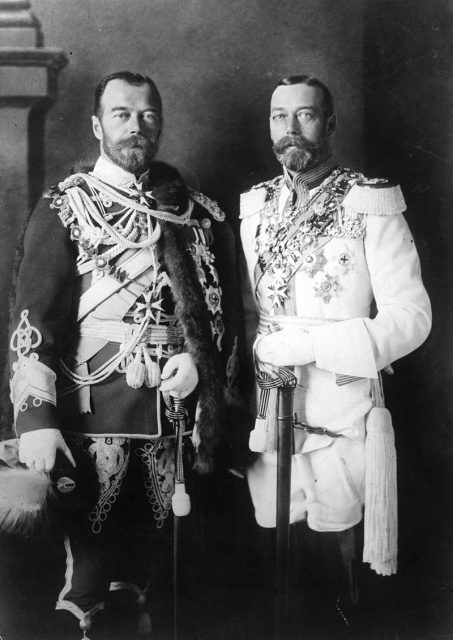
Bacardi currently own the Benedictine brand and the cognac ‘De Haartman and Co’ no longer exists, but the Ocean X team expects to make many millions more from this most recent haul.
It is also expected to be the last discovery of its kind in the Baltic as records suggest that this was all the spirits known to remain on this particular seabed.
But it is not the end of the underwater treasure hunt in the cold dark waters of the Baltic sea. Historians believe that somewhere out there a cache of Czar Nicholas II’s famous Faberge eggs remains to be discovered.
Meanwhile, the Ocean X has also targeted the mysterious ‘Baltic anomaly’, a strange circular structure discovered in 2012 which scientists believe to be a glacial deposit.
Stug III Recovered From The Seabed
Lindberg is not convinced, preferring the theory that it could be the remains of an ancient settlement now lost to the waves. Perhaps the site of Sweden’s own mythological Atlantis?
